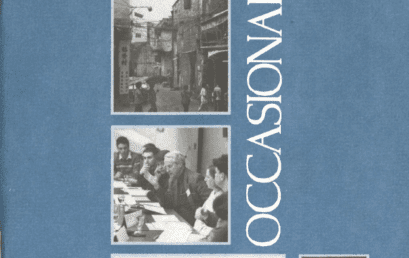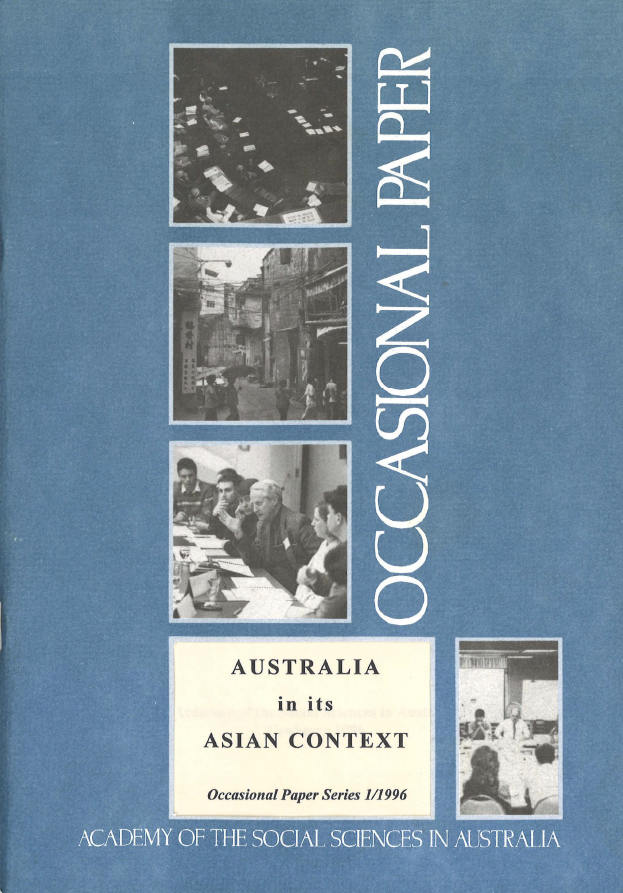Much of the data in this article comes from a paper commissioned by the Australian Bureau of Statistics for the Millenium Year Book, entitled Child Health since Federation. This enabled me to compare the statistics on childhood deaths and diseases and investigate their trends over the last 100 years, and I believe that from this a clear message emerges for us now in the 21st century. The epidemics of infections which killed so many infants around 1900 were contained by a series of community based, social and physical environmental strategies. In spite of inadequate knowledge about the responsible organisms and without access to either antibiotics or vaccines, they were remarkably successful.
As we start a new century, in spite of the increases in wealth, and educational and technological advances compared with 100 years ago, we are challenged by alarming increases in childhood and adolescent problems in physical and mental health. Many arise in social adversity and have coincided with recent profound social changes in society.
Will we as a nation respond to the challenges, as did our founding fathers (they were mostly men!) in public health 100 years ago, by acknowledging the social and ecological contexts in which causal pathways to these problems arise? The rates of problems are so high that they demand preventive, public health approaches. This is made difficult by the current medical, and resulting societal view, which promises and expects new drugs and treatments for most problems without thinking of the preventive strategies which are more cost effective. The undeniable successes of biomedical science in the 20th century may have contributed to unrealistic expectations from the public on an already overstretched health system. What is meant by ‘causal pathways’? They are the complex interactions between genetic and environmental risks over time which produce the outcome with which we are concerned. Such pathways can be networks of causal factors acting together, all of which are important to produce the disease/problem.
In many child health problems, many causal pathways commence in social adversity with a cascade of events resulting in poor outcomes. Causal pathways can link across generations. There are a diversity of pathways to single outcomes (eg, otitis media in Aboriginal children, whilst ’caused’ by an infection, has a multitude of antecedent pathways) as well as many outcomes resulting from single exposures (eg, parental smoking has many adverse effects, one of which is otitis media).
Thinking about causal pathways opens up many more strategies for early intervention and prevention which are likely to be more effective than waiting until late in the pathway when associations are obvious but it’s too late to do anything about prevention.

